The Lone Ranger
Feb 19, 2012.
The Lone Ranger C.F. Eckhardt
FROM: THE Seguin,TX Gazette.com
Posted: Sunday, February 19,
Jack Carlton Moore, who adopted the stage-name "Clayton Moore" at the suggestion of his agent, was born in Chicago in 1914. By the time he was eight years old he was a circus acrobat. By 1934 he had become a trapeze artist - a "flyer" in circus terms - and appeared at the Century of Progress World's Fair in Chicago. He was also a John Robert Powers model. He went to Hollywood in the late 1930s and adopted his stage name in 1940.
He was married four times, the first two marriages ending in divorce after only three years each. His third marriage, to Sally Allen, lasted forty-three years and ended in her death in 1986. They adopted a daughter. He remarried in 1992, that marriage ending in his death in 1999. He was asked by a young woman, during a personal appearance tour in Britain, if he was married. He replied "Ma'am, I am the (dramatic pause) LONE Ranger!"
Moore was not a big star until he became "King of the Serials" in the 1940s. He made four serials for Republic and two for Columbia. During World War II he served in the Air Force's First Motion Picture Unit, making training films.
In 1949 George W. Trendle, producer of the "Lone Ranger" radio program, was intent on bringing the character to television. He saw Moore in "The Ghost of Zorro," a serial, and offered him the part of the Lone Ranger on television. Brace Beemer, radio's Lone Ranger, had a very distinctive voice. Moore did his best to duplicate Beemer's voice as the television character.
Moore played the part from 1949 through 1951, making 52 episodes a year, a total of 156 episodes, then quit in a contract dispute. During 1952 and 1953 Jon Hall, "Daktari" from television, took over the part, but he was less than successful. Trendle and Moore came to contract terms in 1954 and Moore played the role until the series ended in 1957, appearing in 169 more episodes for a total of 325 episodes. He also played the Lone Ranger in three feature films, "The Lone Ranger Rides Again," "The Lone Ranger," and "The Lone Ranger and "The Lost City of Gold." After the series ended he continued to make personal appearances as the character.
During one of those personal appearances there was an armed robbery at the shopping mall where Moore was appearing. The Lone Ranger swung into action! Mounting Silver, he raced across the parking lot, reached down from the saddle, grabbed the driver of the getaway car by the shirt, jerked him out of the car, and fell on top of him, shoving one of his famous pistols into the man's face.
You have to wonder what kind of reaction the felon got in jail when he was asked "Who caught you?" and he had to say "The Lone Ranger."
In 1979 Jack Wrather, who by then owned the Lone Ranger franchise, got a court order to prevent Moore from making personal appearances as the character. Wrather was planning a new Lone Ranger movie and didn't want Moore to distract from it. The result was a public-relations disaster for Wrather. While the order was in effect Moore continued to wear the costume at personal appearances, but substituted wrap-around sunglasses for the mask. He counter-sued Wrather and won the suit, continuing to appear as the Lone Ranger almost until his death in 1999.
Wrather's film, "The Legend of the Lone Ranger," starring an unknown actor named Quinton Spilsbury - who apparently never appeared in another movie - was a miserable flop. Spilsbury was last reported working as a "hot-pants" waiter in a San Francisco bar that catered primarily to homosexuals. In the 1990s someone was reported in the Hollywood press as planning another Lone Ranger movie in which Tonto would be a beautiful Indian girl, but it apparently never got made. As Bob Boze Bell, publisher of True West magazine, asked, "What are those people smokin'?"
Moore was so thoroughly identified with the character that his star on the Hollywood Walk of Fame reads "Clayton Moore - The Lone Ranger." He was inducted into the Western Performers' Hall of Fame at the National Cowboy and Western Heritage Museum in Oklahoma City. Moore's autobiography is entitled, "I Was That Masked Man."


























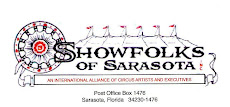
















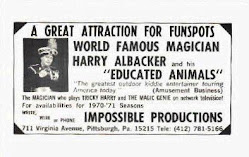

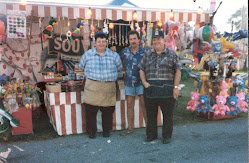




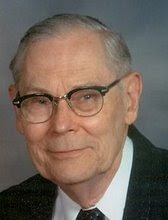
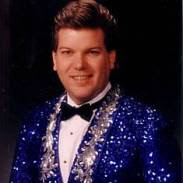




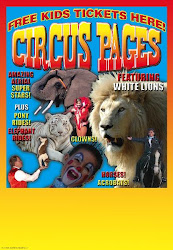

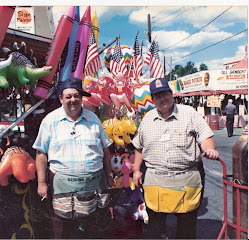
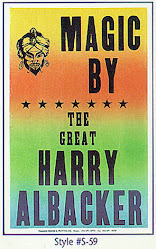











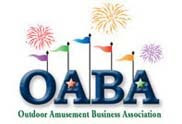



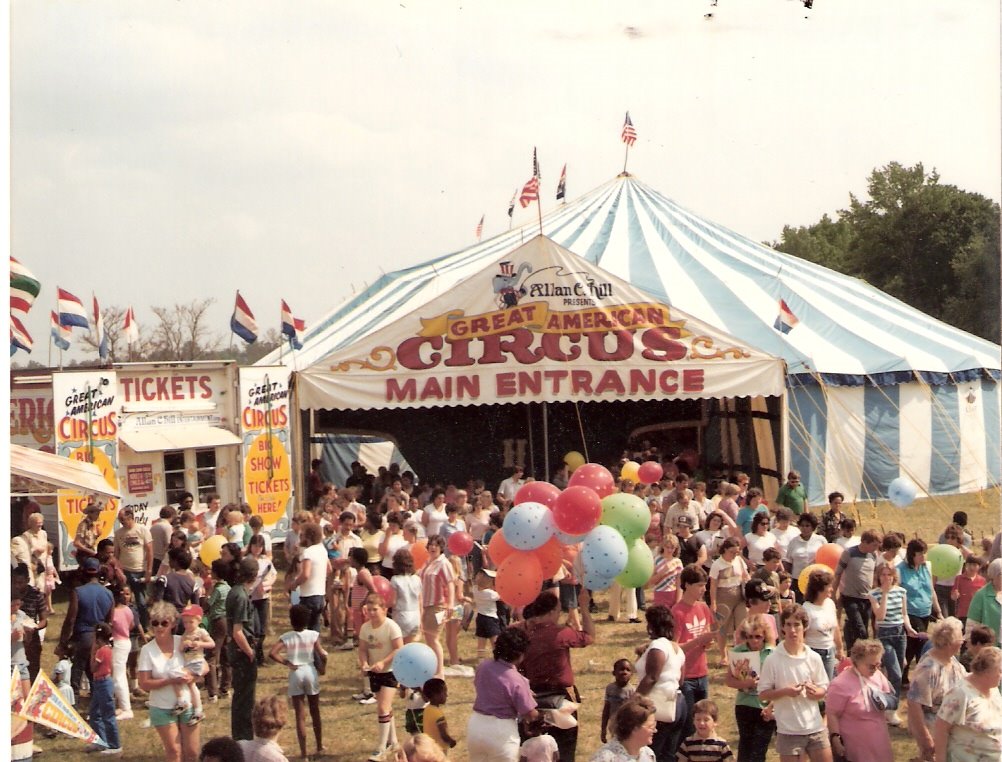









One of my favorites!
ReplyDeleteThanks Dick